Another historical abbey beer Augustijn & its sibling Piraat


In Spring 2020, I – Liselot Caura, founder & guide – organise(d) FREE virtual tastings (Because of Corona) so that I still have the opportunity to share all my knowledge with my fans. The sessions are organised to taste together different beers and to offer our guests special knowledge about traditional and craft Belgian beers. Maybe we even discover together your new favourite beer!
Watch our 2 min long intro video for more details to hear why we started these virtual tastings…
Here, a summary of our 4th episode. To read about previous online tastings, click here.
Watch the tasting replay on our Facebook page here.
Belgium’s beer culture has worldwide a big value thanks to its Trappist, Lambics and Triples. But one other beer style deserves to get a lot of attention too. If you read our previous tastings, you know we are going to talk about our Belgian abbey beers.
In our 4th online tasting, we featured Augustijn and its sibling Piraat. The two beers belong to the brewery Vansteenberge, established in 1784.
Beer tasting 1: Augustijn Grand Cru
For Belgians, Augustijn and Piraat are quite easy to find depending on the region where they live. But finding Augustijn in the US is an impossible task. Do you want to know why? Read the article to find out!
Fruity beer with a surprising bitter aftertaste
We usually recommend starting a tasting with a low alcohol percentage beer. Augustijn Blond would respond better to this tradition, but I chose Augustijn Grand Cru as this type has not been tasted in one of my previous online tastings. So we started with a 9% alcohol beer with a strong character, due to its second fermentation in the bottle.
Unlike in the previous episode, I poured the beer directly with the yeast. Here the yeast gives a strong bitterness, one of the main flavours of this beer. For a full tasting experience, make sure to use a 33cl glass so you can pour the yeast.
Let the tasting begin!
The beer colour ranges from straw to gold and orange The yeast makes it quite cloudyFruity notes and high alcoholic aromas characterise its smell. When tasting the beer, we find a good full bodied beer with yeasty and fruity touches. The bitter aftertaste, due to the yeast, comes as a big surprise.


Keep in mind that you can experience this beer in the way you want!
Do you like your beer more fruity? Then you can decide not to pour the yeast. Or maybe you prefer beers with more complex, tropical flavours? In that case, we recommend you to store the beer for a long time in your cellar and only open the bottle two years after your purchase. Exactly, the beer can be aged for a couple of years which will have a nice effect on the flavour.
A thousand years old recipe
Brewing activities in the abbey date back from 1295. Until today, monks live in the abbey, located right in the city center in Ghent, only a few minutes walking from the Gravensteen castle. It is not clear when the monks stopped brewing beers themselves, but one thing is sure: in 1978 the monks decided that brewery Vansteenberge would brew Augustijn from then on.
This collaboration led to revealing their recipe. Because the monks had developed their own yeast, the brewery had to make sure to preserve that unique ingredient. We know that the brewery uses the same yeast as the one originating from the Middle Ages.
Have you heard of the uniqueness of yeast? Yeast is a bacteria created by exposing a solid or liquid ingredient to air. It is the combination of the micro-organisms with the ingredient that makes the yeast unique. Some breweries choose to buy yeast from a supplier. Others decide to develop their own yeast in order to have a recipe nobody can copy. So Augustijn can not be brewed by anyone other than the brewery itself.
What makes this beer slightly less unique is its name: the US already having a beer named Augustijn, the brewery changed it to Saint Stefanus for its cross-Atlantic exportations.
1978: the beginning of Belgian ales
In the 80s, lagers were the most popular in Belgium. So how do we explain the high success of Augustijn? Don’t forget that ales are produced for people to explore different tastes whether lagers are mainly produced in high quantities with less focus on the quality. Here the brewery decided to focus more on quality (so ale beers) than quantity (so lager beers) and became popular with Augustijn, one of the few Belgian ales at the time.
Duvel, La Chouffe, Delirium are other examples of ales of the 80s, and lagers like Jupiler, Cristal, Heineken, Bel Pils were the usual beers to drink on a daily basis. The beer consumption per liter per person per year in Belgium was therefore much higher than today. 30 years ago the yearly average consumption was more than 100 liters per person while today we don’t even reach 75 liters per person.
Beer tasting 2: Piraat
An amber incomparable to any other
Let’s take a look, smell and taste at Piraat. It displays a shiny orange colour, typical of amber beers. A herby scent is dominant, completed by some yeasty, alcoholic and diacetyl aromas. A feeling of being in heaven is our first impression when drinking this beer. First of all, a nice full-body texture with strong herby notes dominates the beer. Then come some anise, coriander and at the end a bitter aftertaste. This beer does not have much identical siblings on the market, making it incomparable to any other.


A strong beer calls for a strong name
There is no big historical event behind Piraat’s name, yet the name of the beer always has a meaning. Everybody knows that a pirate stands for the person who steals on a ship. Piraat is a good name for a beer that represents power, aggressiveness and force.
Beer amateurs know that a trip to Bruges would not be complete without tasting the famous house beer of Bar de Garre. Bar de Garre was looking for a partner that would brew a house beer with a strong alcohol percentage. When the founder of brewery Vansteenberge, Jef Versele, offered to use Piraat as a standard beer for his upcoming housebeer, he immediately agreed. De Garre’s house beer is therefore almost like the Piraat beer with some extra added ingredients. Because of its high alcohol percentage, the bar created a special rule: a customer may only order a maximum of three glasses. Because their house beer is so popular (they sell hundreds every day), Piraat’s beer is produced in high volumes.
Vansteenberge and the legend of the dragon
Gulden Draak beer (Golden Dragon in English) is the key player when it comes to the history of Van Steenberge’s brewery. Have you ever looked to the top of the belfry tower in Ghent? Then you have probably spotted what it represents: exactly, a dragon!
That dragon carries a big legend. This dragon statue was created in the Middle East a couple of years after Christ. During the crusades from Jerusalem to Bruges, the statue was erected to show people’s power. When Ghent won over Bruges years later, they decided to put the dragon on top of the belfry tower. Since then, this statue refers to the independence of the city as the dragon is keeping an eye over the city.
Do you know that Gulden Draak is a brown triple? People often assume a Triple beer is always blond because of the original triple beer, Westmalle Tripel.
The latest addition to the Vansteenberge brewery’s portfolio is the Baptist beer, a reference to Jan Baptiste De Bruyne who founded the brewery in 1784. Following the construction of a new modern brewery, an investment of more than 9 million euros, the brewery launched their Baptiste beer alongside the opening of a new bar bearing the same name. The Baptiste beer has 4 versions: Blond, White, Saison & IPA, all with low alcohol.


More on the success of Gulden Draak: tattoos and limited editions
Some people love beer so much that they get a tattoo of it. In this picture is Glenn whom I met on one of my beer tastings. As you can see, he has a tattoo representing the four essential elements of beer making: water, malt, hop and yeast cell.
Glenn told me he once met someone who had a tattoo of the Dragon on the belfry because of their love for the Gulden Draak beer! I haven’t had the pleasure to meet this person myself yet, but if you know them, please put me in touch!
3 weeks ago, Van Steenberge launched
Gulden Draak limited edition “Bourbon” and “Laphroaig”. These two special beers are aged inside whiskey wooden barrels. They produced only 6000 bottles of each, and I’m the proud owner of two! I might tell you more about them in the future.


Want to hear more of these beer secrets? Then do not hesitate to book one of our beer tours. Sharing our beer knowledge is what we are passionate about.
Would you like to hear already beer news before you can actually meet us? Follow us on Facebook & stay tuned !!
Or
Read another episode about our online beer tastings




